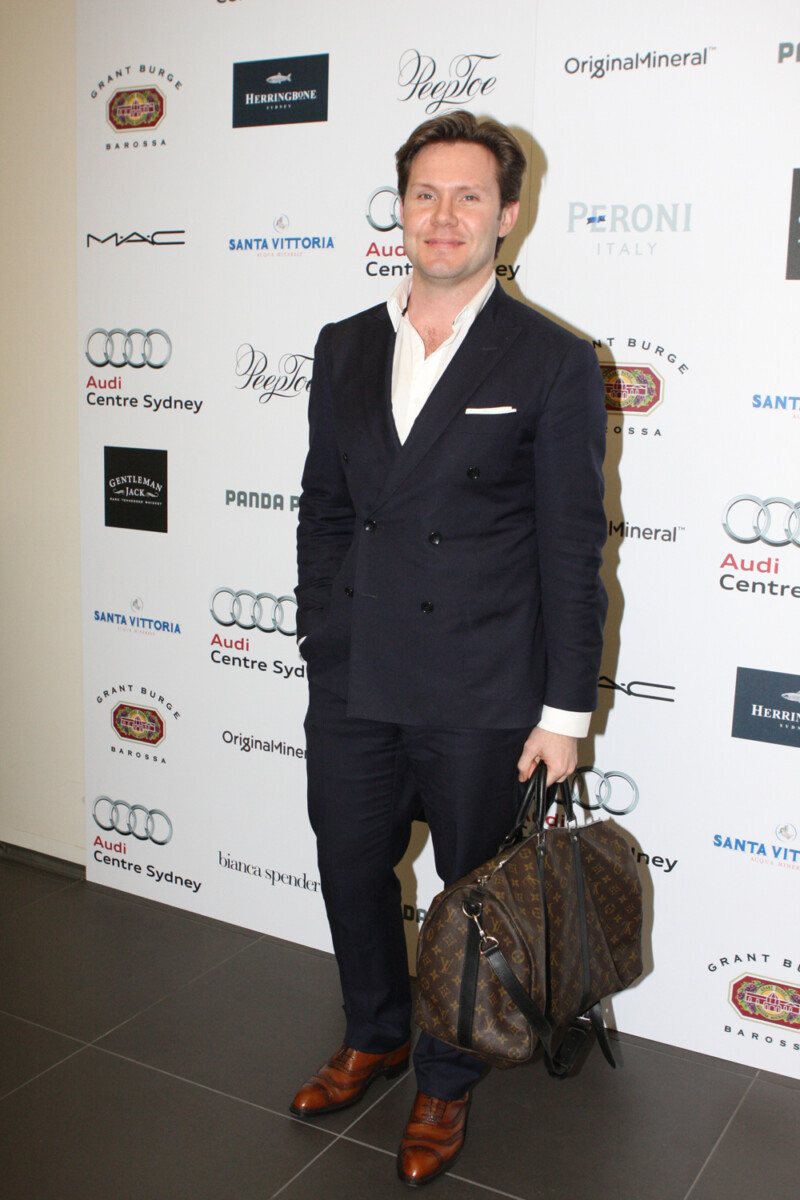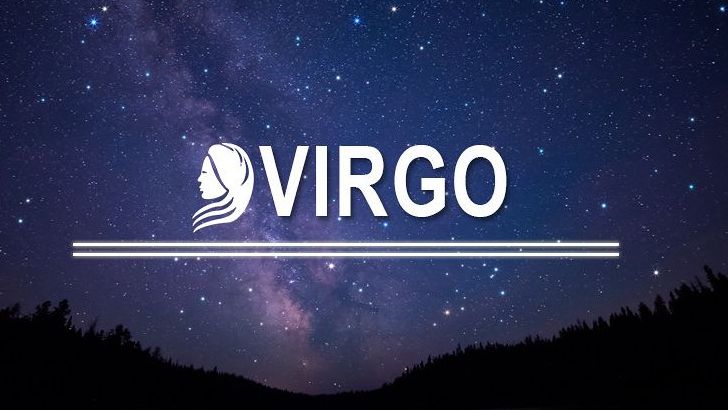Understanding the Culinary Expansion

In recent times, the luxury fashion industry in the United States has been stepping outside its traditional boundaries, exploring the tantalizing world of culinary arts. This isn’t just a whimsical dabble; it’s a calculated strategy to diversify brand offerings and reach consumers on a deeper, more personal level. By creating exclusive dining experiences, fashion brands are not only enhancing their lifestyle image but also tapping into the lucrative food and beverage market. Imagine dining in an environment that resonates with the same sophistication and elegance as a high-end fashion boutique. This emerging trend is reshaping both the fashion and culinary industries, offering a fresh perspective on brand interaction.
The Motivation Behind Culinary Ventures

Luxury fashion brands have long understood the power of a holistic brand image. By branching into culinary ventures, they provide a more complete experience for their customers. This strategy serves several purposes:
– **Brand Loyalty**: Unique dining experiences can transcend the usual shopping trip, fostering deeper emotional connections with consumers.
– **Revenue Diversification**: The culinary industry presents a significant revenue opportunity, especially in high-end markets where spending on experiences is substantial.
– **Cultural Relevance**: Engaging with food allows brands to stay culturally relevant, aligning themselves with modern consumer values that prioritize experiences over mere products.
Notable Examples of Luxury Brands in Culinary Ventures

Several luxury fashion houses have successfully launched culinary initiatives, each with its own unique approach:
### Gucci Osteria
Gucci Osteria is a shining example of how a luxury brand can create a unique dining experience. Nestled in Florence, Italy, this restaurant is helmed by Michelin-starred chef Massimo Bottura and showcases a menu that pays homage to the brand’s Italian roots. The restaurant’s success has inspired Gucci to consider similar ventures in the US. Each dish is crafted with the same precision and artistry that goes into a Gucci garment, making diners feel as if they are part of an exclusive club.
### Ralph Lauren’s Polo Bar
Ralph Lauren’s Polo Bar in New York City is a testament to the brand’s classic American style. The restaurant offers a menu of upscale comfort food, including steak and burgers, all served in an ambiance that mirrors the brand’s sophisticated aesthetic. The Polo Bar has become a go-to spot for both locals and tourists, solidifying Ralph Lauren’s position in the lifestyle market. It’s like stepping into a Ralph Lauren catalog where you can taste the elegance.
### Louis Vuitton’s Le Café V
Louis Vuitton has also dipped its toes into the culinary scene with Le Café V, located in its flagship store in Tokyo. Offering a selection of gourmet pastries and beverages, the café provides a luxurious dining experience that complements the shopping journey. The design reflects Louis Vuitton’s iconic branding, creating a seamless blend of fashion and food. It’s an embodiment of Louis Vuitton’s luxury ethos, right down to the last sip of coffee.
The Impact on the Culinary Industry

The entry of luxury fashion houses into the culinary space has significant implications for the food industry:
– **Elevated Standards**: The involvement of high-end brands raises the bar for culinary experiences, pushing restaurants to innovate and enhance their offerings.
– **Cross-Promotion Opportunities**: Collaborations between fashion and food can lead to unique marketing opportunities, drawing in a diverse clientele.
– **Increased Competition**: As luxury brands enter the culinary market, traditional restaurants may face stiff competition, prompting them to adapt and evolve to maintain their market share.
Consumer Trends and Preferences

Today’s consumers are increasingly seeking experiences that blend luxury with authenticity. This trend is particularly evident in the culinary sector, where diners crave more than just a meal; they want a memorable experience. Key consumer preferences include:
– **Sustainability**: Many consumers prioritize sustainable and locally sourced ingredients, influencing how luxury brands approach their culinary ventures.
– **Unique Experiences**: Diners are drawn to exclusive and unique dining experiences that offer a sense of luxury and personalization.
– **Social Media Influence**: With the rise of social media, visually appealing dining experiences have become more important as consumers are eager to share their culinary adventures online.
Challenges Faced by Luxury Brands in Culinary Ventures

While the expansion into culinary ventures presents opportunities, it also comes with its own set of challenges:
– **Brand Authenticity**: Maintaining brand authenticity in a new industry can be tricky, as consumers may question the sincerity of the venture.
– **Operational Expertise**: Running a successful restaurant requires different skills than those typically found in the fashion industry, necessitating the hiring of experienced culinary professionals.
– **Market Saturation**: The culinary market is already highly competitive, meaning luxury brands must find ways to stand out and differentiate their offerings.
Future Outlook for Luxury Fashion and Culinary Integration

As luxury fashion houses continue to explore culinary ventures, the future looks promising. The integration of fashion and food is likely to evolve, with brands finding innovative ways to enhance the consumer experience. Possible trends include:
– **Pop-Up Restaurants**: Temporary dining experiences that align with fashion events or product launches could become more common.
– **Collaborations with Celebrity Chefs**: Partnerships with renowned chefs can elevate the culinary offerings and attract media attention.
– **Experiential Dining**: Brands may focus on creating immersive dining experiences that reflect their unique brand narratives, offering something truly special for their patrons.





